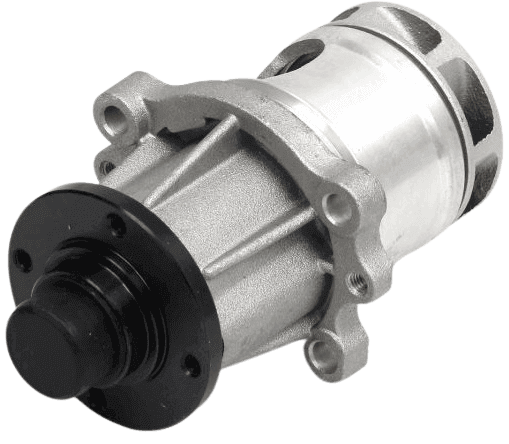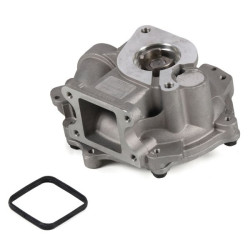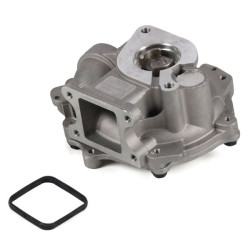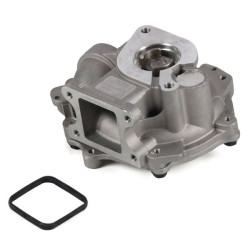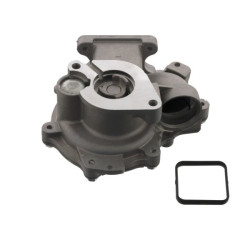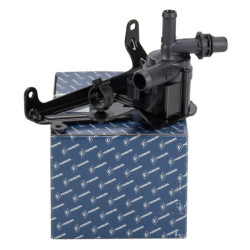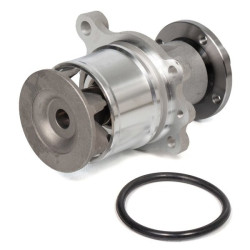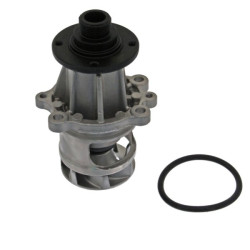BMW Water Pump, BMW Circulation
BMW Water Pump BMW Circulation ; It is the name given to the part that allows the engine coolant to circulate through the engine water channels and radiator line in vehicles.
BMW Water Pump Circulation: Features and Historical Development
The water pump is a fundamental component of an internal combustion engine's cooling system. It circulates the engine coolant to prevent the engine from overheating and keeps it at optimal operating temperature. The water pumps used in BMW vehicles are designed to offer high performance and durability. In this article, we will examine what a BMW water pump is, its features, and its historical development.
Features of the Water Pump
BMW water pumps are specifically designed to control the engine temperature and ensure the efficient operation of the cooling system. Here are some key features of BMW water pumps:
High Flow Capacity: BMW water pumps have the capacity to circulate a large amount of coolant throughout the engine. This ensures quick and effective cooling of the engine.
Durable Materials: Water pumps are made from durable materials that can withstand high temperatures and pressures. This ensures long life and reliable performance.
Efficient Design: BMW water pumps are designed to provide maximum performance with minimal energy consumption. Aerodynamic blades and optimized body structure ensure this efficiency.
Sealing: The sealing of water pumps ensures that there are no leaks in the cooling system. This guarantees the reliable operation of the engine and cooling system.
Electronic Control: Modern BMW water pumps are electronically controlled by the engine control unit (ECU). This allows the water pump to be optimized according to engine load and temperature conditions.
Historical Development
The historical development of BMW water pumps has continuously undergone innovations and improvements with advancements in automotive engineering. Here are some key points regarding the historical development of water pumps:
Early Periods (1900s): The water pumps used in early engines were generally mechanically operated and had simple designs. These pumps were designed to operate at low RPM and power levels of the engine.
Mid Period (1950s-1970s): During this period, significant improvements were made in the design and materials of water pumps. More durable materials and more efficient designs began to be used.
Modern Period (1980s-Present): Today, BMW water pumps are produced using advanced engineering techniques and high-quality materials. Electronically controlled water pumps are used to enhance engine performance and efficiency.
High-Performance Applications (2000s and Beyond): In modern high-performance BMW vehicles, water pumps have even more advanced features. Adaptive and variable speed controlled water pumps are optimized according to the cooling needs of the engine.
Conclusion
BMW water pumps, as a critical component of the engine's cooling system, prevent the engine from overheating and keep it at optimal operating temperature. Historically, water pumps have continuously undergone innovations and improvements, ensuring that BMW engines offer superior performance and durability. Produced with high-quality materials and advanced manufacturing techniques, BMW water pumps ensure the smooth and long-lasting operation of the engine. The historical development of water pumps reflects advancements in automotive engineering, making each new generation of BMW engines more efficient and reliable.
 Türkçe
Türkçe
 English
English
 Русский
Русский

